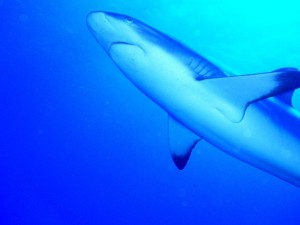
I am hanging on to the safety-stop line, drifting peacefully 15 feet under the surface of the water, when I see my dive buddy’s eyes grow wide. Looking up, I see them: First a couple of fins, sleek muscular bodies. More join them. The number becomes uncountable: Sharks, thrashing at the water, churning and lunging. I look at my air gauge: Still plenty left. The sharks are 15 feet away — 15 feet is about the length of two minivans lined up end to end. I don’t have to go up there just yet — and I have no intention of doing so. Fascinated, I watch the black- and white- tipped reef sharks and the gray sharks in their feeding frenzy.
In Your Bucket Because…
- Sharks make you fascinated, not fearful.
- Bora Bora is one of the most beautiful seascapes on earth.
- Good for divers who aren’t especially afraid. More controlled snorkeling encounters offer a reassuringly choreographed experience.
Safety issues of Diving With Sharks
I’m not all that scared of your basic reef shark. That may have something to do with the fact that scuba divers are rarely the victims of shark attacks. First of all, divers in shallow coral reefs encounter the less aggressive members of the shark family: white- and black-tipped reef sharks, nurse sharks, and maybe few larger species such as lemon sharks and gray reef sharks (not to be confused with the more dangerous pelagic gray sharks). Also, some marine biologists have speculated that divers, cloaked in chemical-smelling synthetic neoprene and carrying air tanks, may seem as alien to sharks as they are to us — less like food than visitors from outer space. Swimmers and surfers look or smell more like dinner.
And there there are the reassuring statistics: Shark attacks of any kind are relatively rare. According to the International Shark Attack file, there were 61 recorded shark attacks worldwide in 2009, of which 5 were fatal. In 2010, there were 85 attacks, with 6 fatalities, and in 2011, there were 75 attacks, with 12 fatalities.
Still, reassuring facts like these tend to be forgotten when you are staring at an uncountable number of frenzied sharks chumming at bloody chum 15 feet from your head. I maintain that I wasn’t scared. But I was plenty glad I had plenty of air in my tank. I settled in to watch.
Shark Diving for Tourists in Bora Bora

Bora Bora has been called the “Shark Capital of the Pacific” by Skin Diver magazine (although I’ve dived in other shark diving “capitals” as well, so take that with a grain of sand). Here, white and black tips, gray sharks, and lemon sharks are common, and occasionally hammerheads can be seen as well. Indeed, you don’t even have to be a diver; several dive shops have set up special carefully controlled snorkeling excursions so that non-divers can also experience the thrill of being an arm’s length from the ocean’s most feared predators.
Even on normal reef dives, you’re likely to see sharks. Not everyone thinks this is a good thing: A couple of folks on one of my dive boats looked like they had seen a ghost after an unexpectedly close shark sighting. And even on this boat, going to an advertised shark dive, a few of the divers turned a little green when they saw the tell-tale fins circling the boat, right where we were to jump in. It’s one thing to think you aren’t scared of sharks, quite another to be jumping into the sea where you can actually see them waiting for you.
I back-rolled in. The sharks moved away. A sea turtle swam by and hung around for a while, completely ignoring us. A Napoleon wrasse the size of a small pig seemed overly friendly – it was even possible to pet it, and the reason became clear when the dive master showed up with some bread. For this fish, a bunch of divers back-rolling into the ocean had only one meaning: Dinnertime!
The sharks followed us down to the sea-floor, circling at a distance, first just shadows somewhere out there in the blue, a small flick of motion, and then nothing. A few of them started coming closer, gray shapes taking form from the blue water. The black-tipped and white-tipped sharks were about five feet long, but some of the gray sharks were as long as six or eight feet. Big enough. And that, I thought was the extent of the shark dive.
The Feeding Frenzy
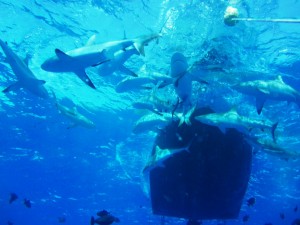
But it wasn’t until the end of the dive when our dive master signaled for us to take a safety stop, that things got really interesting. The purpose of the safety stop is to pause long enough on the ascent (usually 3 minutes) at a shallow enough (usually 15 feet) depth so that the body can off-gas any extra nitrogen to avoid the potentially deadly diver’s ailment known as “the bends.”
My dive buddy and I ascended onto the rope. We both had a fair amount of air left in our tanks – more than enough for a safety stop. We reached the 15 foot depth, and hung on to the rope, prepared for 3 minutes of safety-stop boredom.
And then the dinner bell rang for sure. Apparently, the boat crew had started tossing chum into the water – and every shark in the neighborhood showed up. What had been placid water suddenly began to roil. No one had told us this would happen, which I’m not sure is a good thing: a diver with a fear of sharks, or with very little air left, could be in a terribly uncomfortable, not to mention dangerous, situation. Fortunately my buddy and I were flush with enough air to outlast feeding time, and more fascinated than fearful.
And then, as suddenly as it started, it stopped. The boat crew stopped throwing the chum, and, as though a button had been pressed, the sharks turned back into quiet graceful creatures that drifted away, flicking only an occasional fin.
We rose to the surface, exhilarated and stunned at what we’d just seen.
Environmental Issues of Chumming for Sharks
Chumming is a controversial activity, and many critics charge that it is potentially dangerous and creates an unnatural dependence on food. As a result, environmental agencies are studying the practice, and it has been curtailed in many of the world’s hot-spot shark diving locations.
I have to be honest: Shark diving in Bora Bora was a thrill. And I tend to sympathize with the argument that the more tourists are exposed to the wonders of nature, the more they vote and donate money to protect these resources. Still the issue is controversial enough that environmentally concerned divers might want to research the potential impacts of shark tourism, including unnatural aggregation, displacement of natural populations, and changes in aggression.
Practicalities
- Most Bora Bora dive shops run shark dives.
- Vaitape is the main town where cruise ships dock, and it has several dive shops, but dive shops are scattered all over the island.
- I dove through an excursion arranged by my Princess Cruises ship’s shore excursion desk, and was lucky enough to be assigned to an advanced boat for shark diving. If shark diving is your intention (especially if you hope to see lemon sharks or hammerheads), and you are on a cruise ship that doesn’t offer a dedicated shark dive, you can also book a shark dive independently of the cruise line.
- There are no guarantees of when or where you will see which sharks, although the habit of chumming certainly raises the odds of sighting at least the more common species.
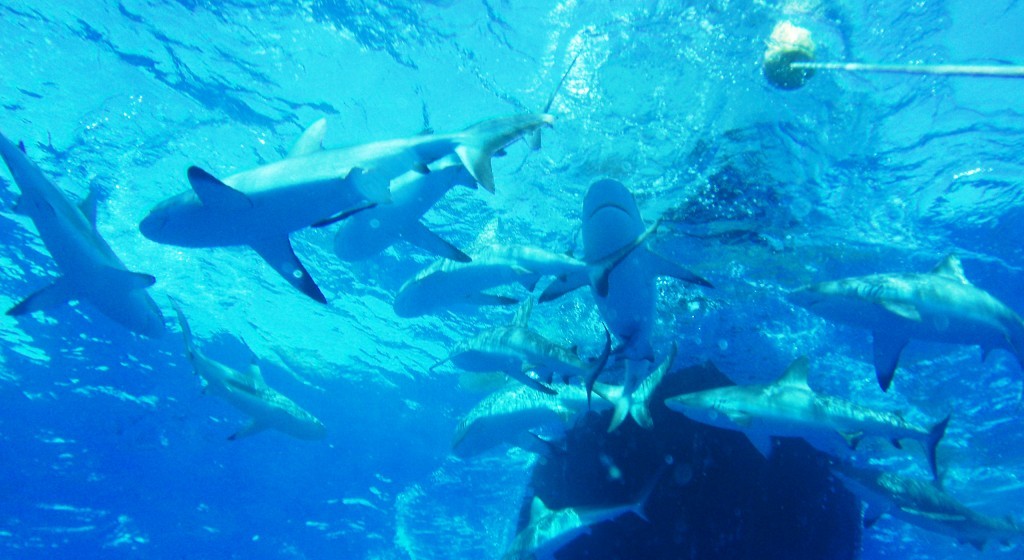
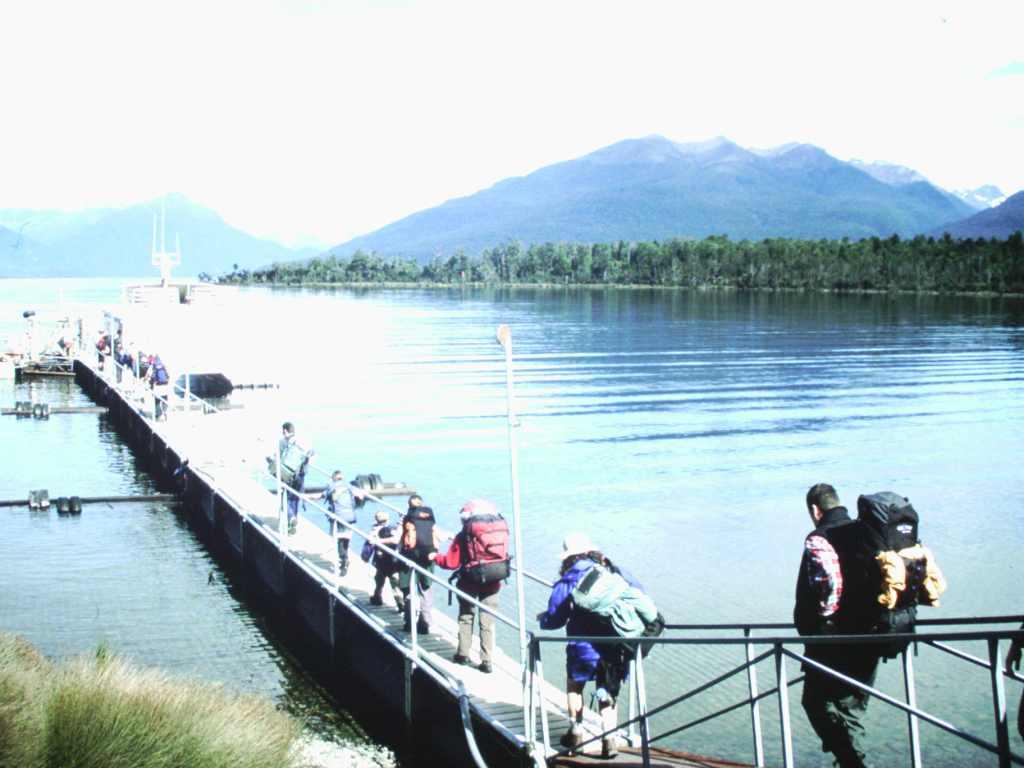
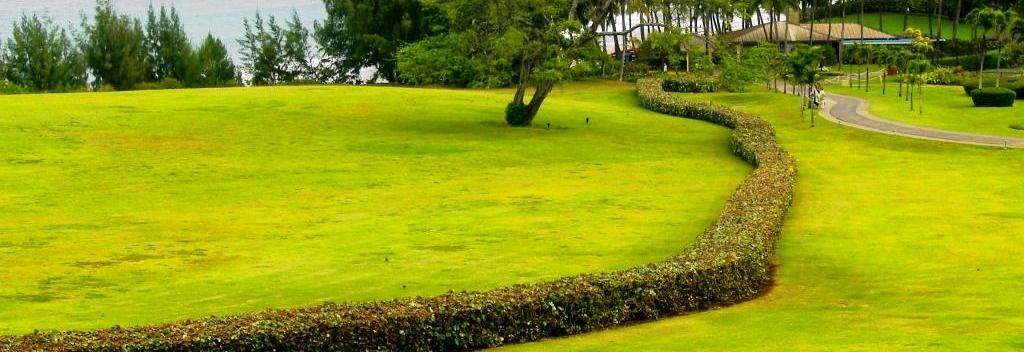
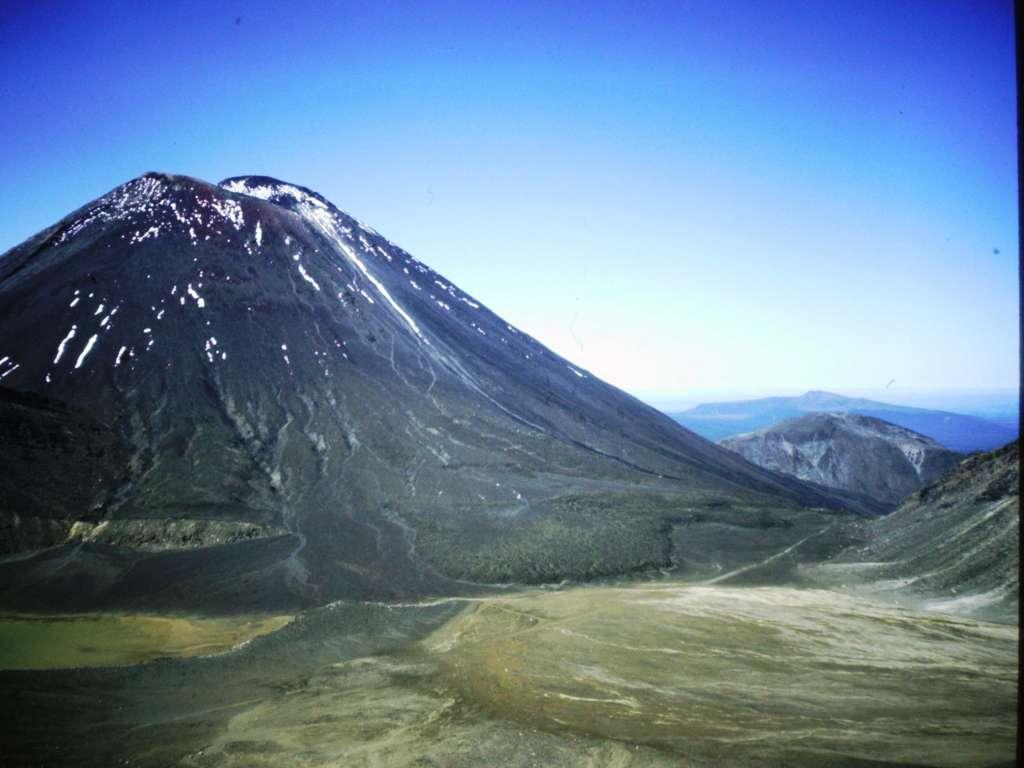
Scuba diving is one of my biggest passions. The main reason I love diving is the adventure, because you never know what you will found below the water surface. In the past years I’ve collected a series of underwater photos which I proudly store in the https://dive.site logbook, along with all my diving logs. It’s cool that I can also search new dive spots or even add my own.